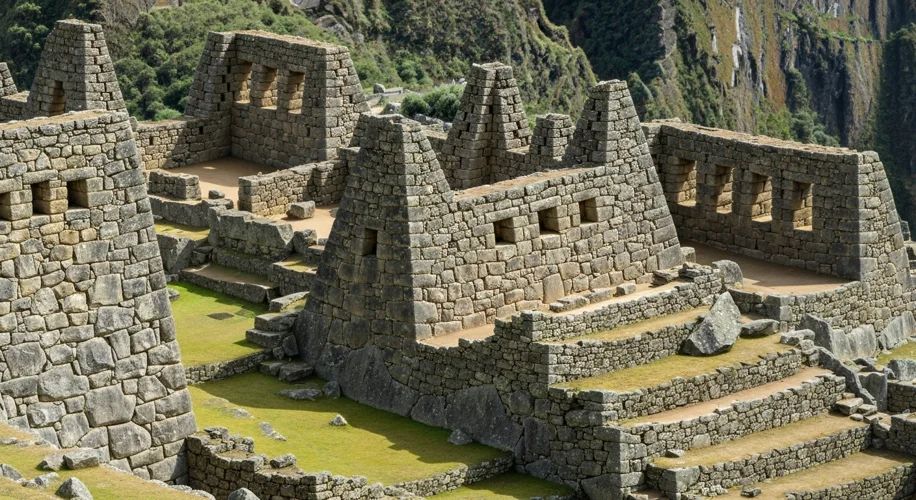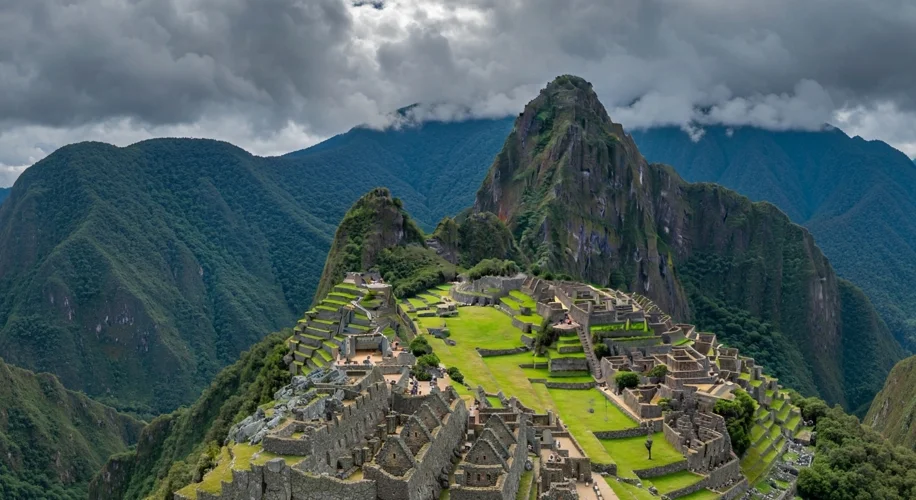Perched precariously on a mountain ridge, shrouded in mist, lies a city that defies imagination. Machu Picchu, the crown jewel of the Inca Empire, stands as a silent testament to an advanced civilization, a breathtaking enigma that continues to captivate the world. Built in the 15th century, this architectural marvel is more than just stones and mortar; it’s a whisper from the past, a puzzle box of purpose and power.
Imagine the scene: the year is roughly 1450. Pachacuti Inca Yupanqui, the visionary emperor who transformed a modest kingdom into a vast empire, has commissioned a masterpiece. But what was its purpose? Was it a royal retreat, a place of divine communion, a fortress, or something else entirely? The truth, like the citadel itself, is veiled.
Life in the Andes during the Inca Empire was a symphony of adaptation. The Inca, a people of immense ingenuity, mastered their challenging environment. They developed sophisticated agricultural techniques, like the terracing that sculpted the mountainsides of Machu Picchu, creating arable land where none seemed possible. Their stonework, fitted together without mortar, is legendary – so precise that a knife blade cannot slip between the stones. This was not just building; it was an art form, a demonstration of their deep understanding of engineering and their reverence for the natural world.
Pachacuti, often hailed as the greatest Inca ruler, is believed to have ordered the construction of Machu Picchu. He was a man of ambition, a warrior, and a visionary who reorganized the empire and initiated vast building projects. His reign was a golden age for the Inca, and Machu Picchu, with its intricate design and strategic location, likely served as a symbol of his power and prestige. The citadel, situated at an altitude of 2,430 meters (7,970 feet), was strategically placed, offering both natural defenses and breathtaking views. It was a place of immense spiritual significance, aligned with astronomical events and surrounded by sacred peaks, or apus, which the Inca revered as deities.
The primary debate surrounding Machu Picchu revolves around its function. The prevailing theory suggests it was a royal estate, a luxurious sanctuary for Pachacuti and his court, a place for rest, ceremony, and administration. The presence of elaborate residences, temples, and plazas supports this. However, some scholars propose it was a sacred religious site, a pilgrimage destination, or even a military stronghold. The precise layout, with distinct sectors for agricultural work, religious activities, and elite residences, hints at a complex, multi-faceted purpose.
The arrival of the Spanish conquistadors in the 16th century marked the beginning of the end for the Inca Empire. While the Spanish likely never found Machu Picchu, its abandonment around the same time is a chilling coincidence. Some historians believe the citadel was deserted due to the disruption caused by the Spanish conquest, or perhaps due to diseases that preceded the conquistadors’ arrival. Whatever the reason, Machu Picchu was lost to the outside world, slowly being reclaimed by the jungle, its secrets preserved until its ‘rediscovery’ by Hiram Bingham in 1911.

The impact of Machu Picchu’s rediscovery was profound. It ignited a global fascination with the Inca civilization, shedding light on their sophisticated culture, advanced engineering, and deep spiritual connection to the land. It became an icon, a symbol of a lost empire and a marvel of human achievement. The site’s preservation today is a testament to its enduring legacy, a UNESCO World Heritage site that draws millions, each seeking to touch the stones and feel the echoes of history.
What makes Machu Picchu so enduringly fascinating is its mystery. The lack of written records from the Inca leaves us to interpret the stones, the layout, the astronomical alignments. It’s a dialogue across centuries, a challenge to piece together the narrative of its creation and abandonment. Was it a place of solar worship, a sophisticated agricultural laboratory, or the ultimate expression of imperial power? Perhaps it was all of these. Machu Picchu is not just a ruin; it is a living testament to the Inca’s ability to harmonize with their environment, to build with purpose, and to leave behind a legacy that continues to inspire awe and wonder, long after its inhabitants vanished.
So, as you gaze upon images or, if you’re lucky, stand amidst its silent stones, remember the hands that built it, the minds that designed it, and the empire that it represented. Machu Picchu remains an enduring enigma, a city in the clouds, forever whispering its secrets to those who listen.

